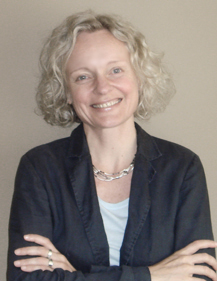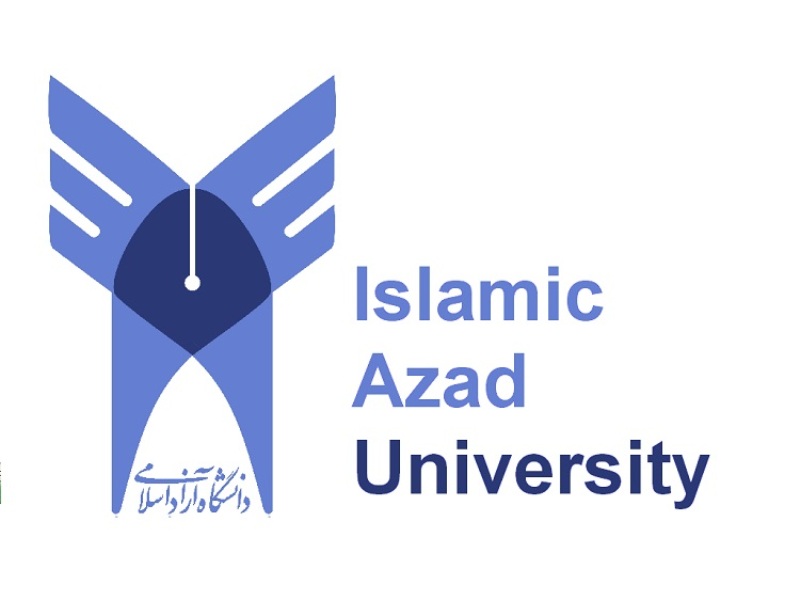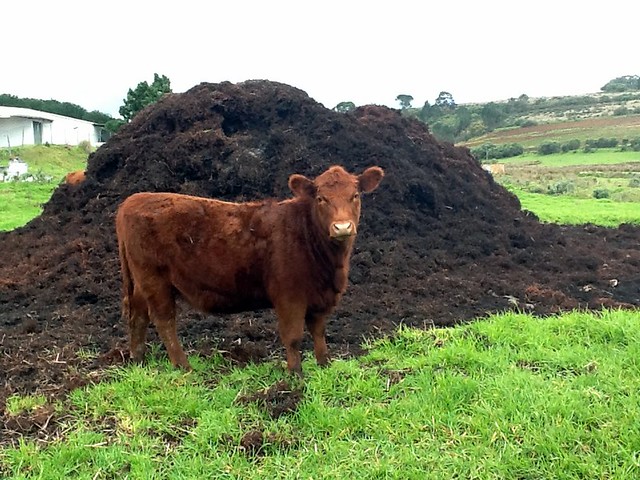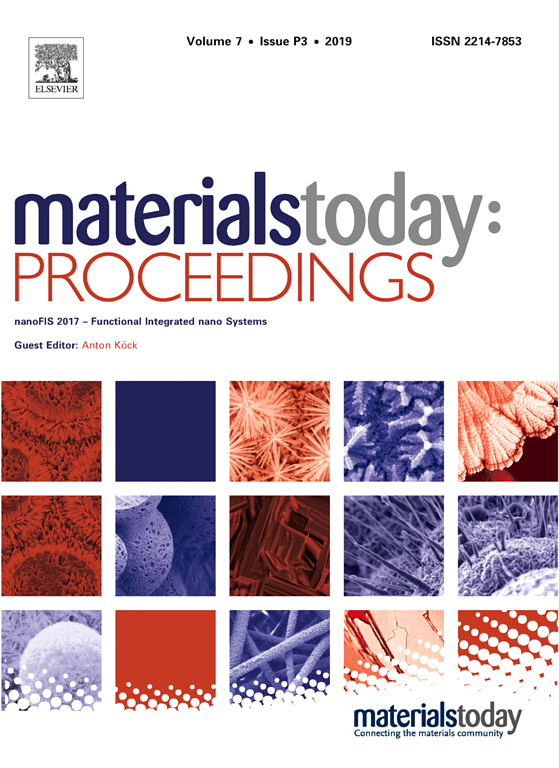
A group of ophthalmology researchers in China got caught trying to pull the wool over the eyes of readers by falsely claiming to have used a therapy that doesn’t exist.
As its title would indicate, the article, “Anti-angiogenic effect of Interleukin-26 in oxygen-induced retinopathy mice via inhibiting NFATc1-VEGF pathway,” by a team from Jinhua Municipal Central Hospital in Zhejiang, purported to show that IL-26 could prevent the growth of new blood vessels in mice with damaged retinas.
Per the abstract of the paper, which appeared in Biochemical and Biophysical Research Communications (BBRC):
Continue reading ‘The problem is that there is no IL-26 gene in the mouse’ — an exasperated letter leads to a retraction







